German ZEW Economic Sentiment improved to -10.6 in September, up from -13.7 and beat expectation of -13.4. Current Situation index rose to 76.0, up from 72.6, above expectation of 72.3. Eurozone ZEW Economic Sentiment rose to -7.2, up from -11.1, beat expectation of -14.9. Current Situation index rose 1.7 pts to 31.7.
ZEW President Professor Achim Wambach noted in the release that “during the survey period, the currency crises in Turkey and Argentina intensified, while German industrial production and incoming orders were surprisingly low in July.” However, “despite these unfavourable circumstances, economic expectations for Germany improved slightly.” And “the considerable fears displayed by the survey participants regarding the economic development have diminished somewhat, which may in part be attributable to the new trade agreement between the USA and Mexico”.
Also from Eurozone, employment rose 0.4% qoq, 1.5% yoy in Q2 versus expectation of 0.4% qoq, 1.4% yoy.




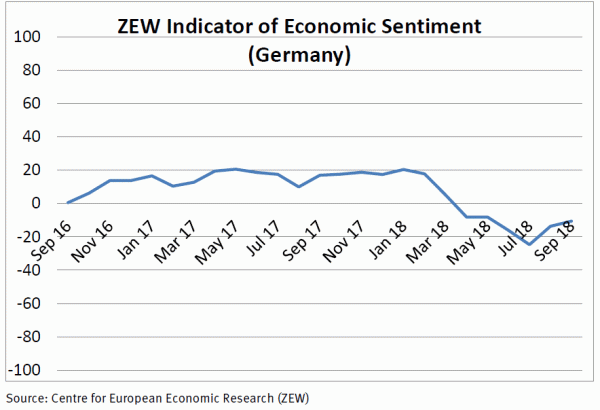
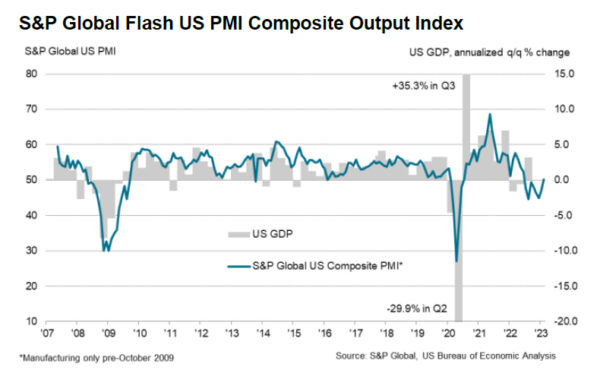
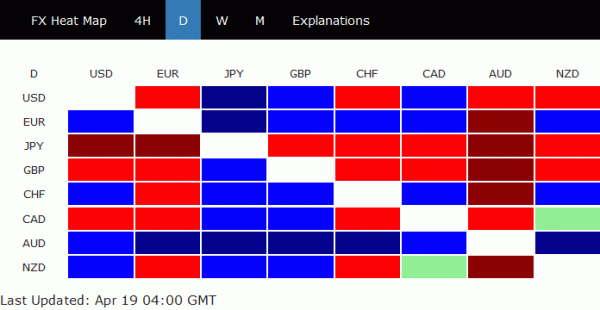

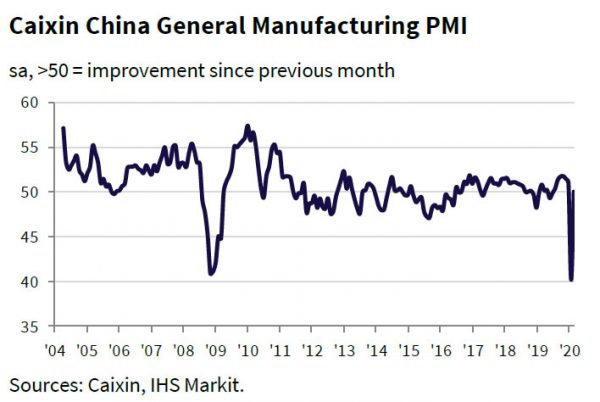
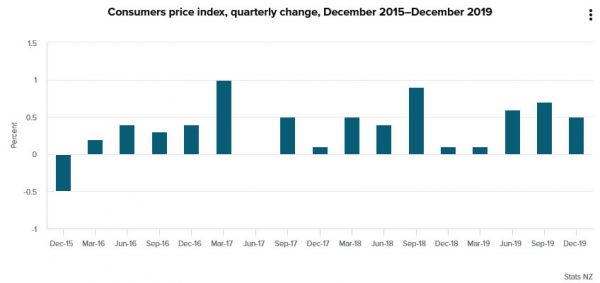
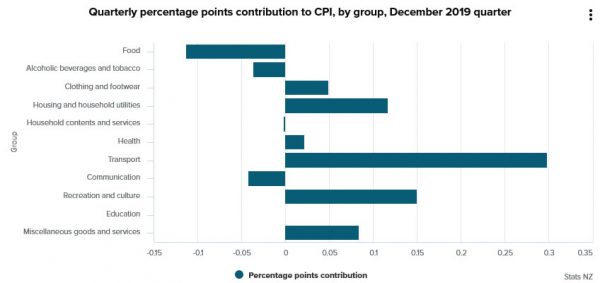
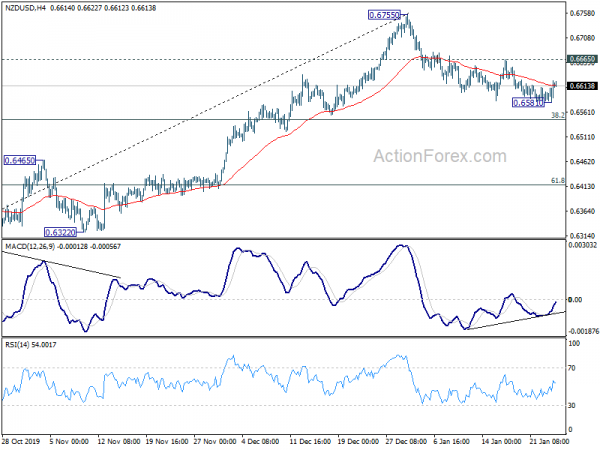
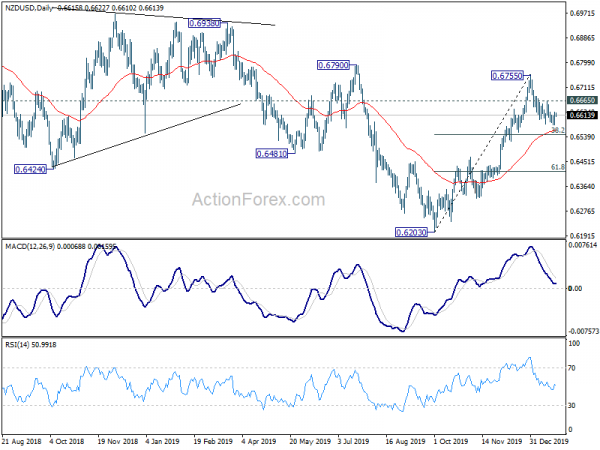
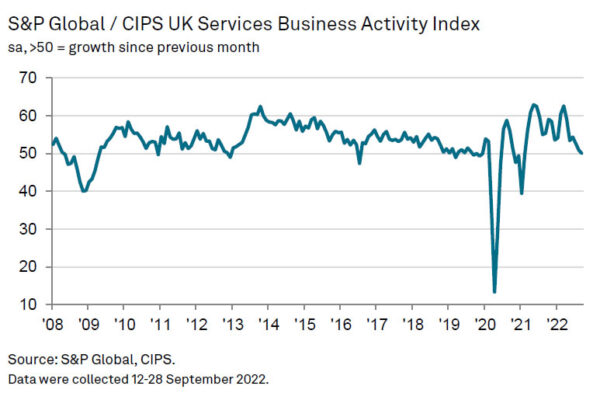

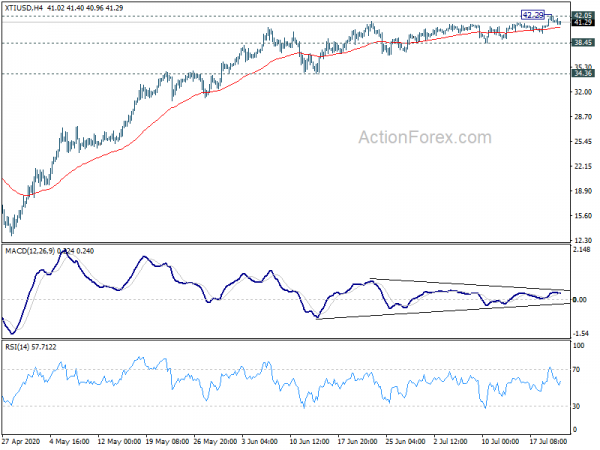
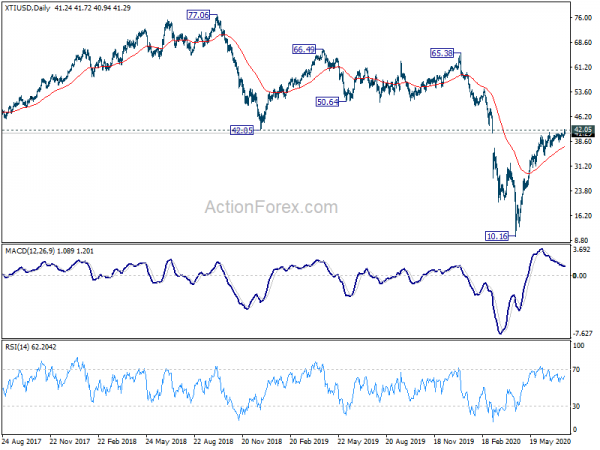

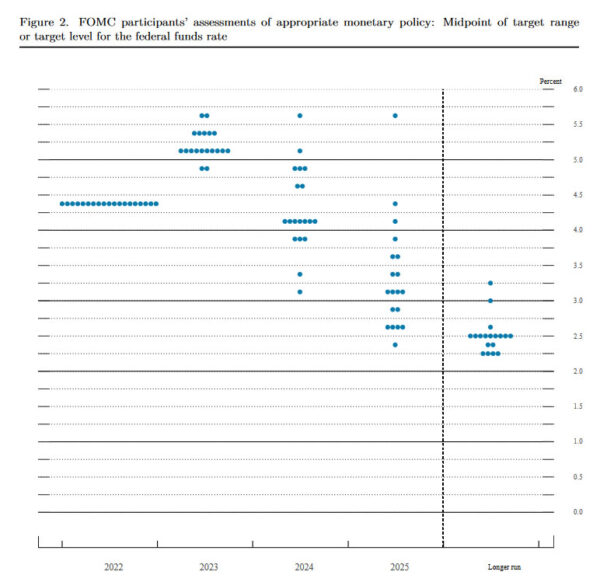
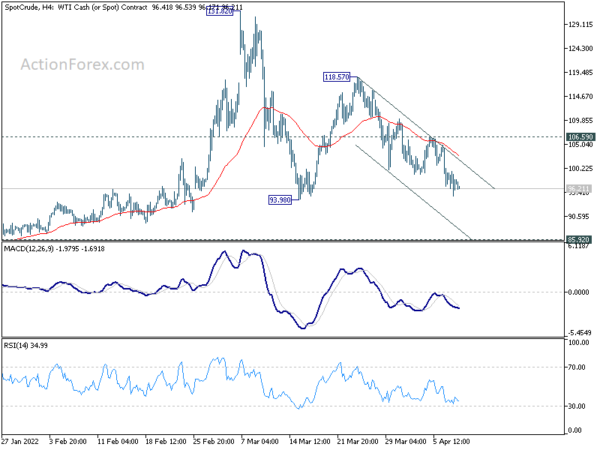
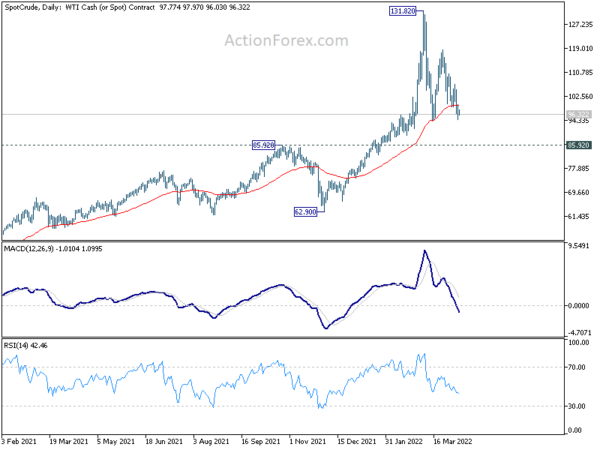
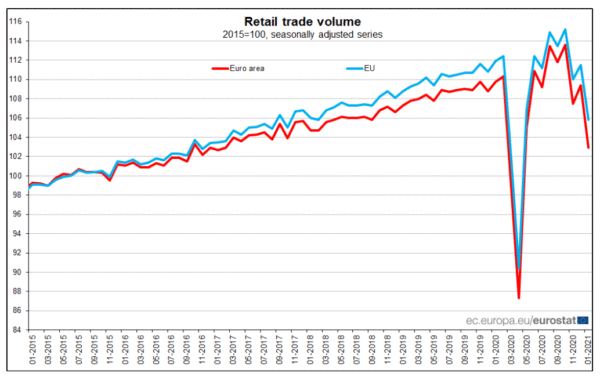
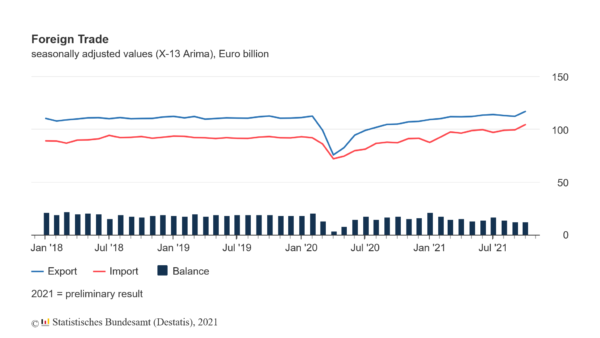
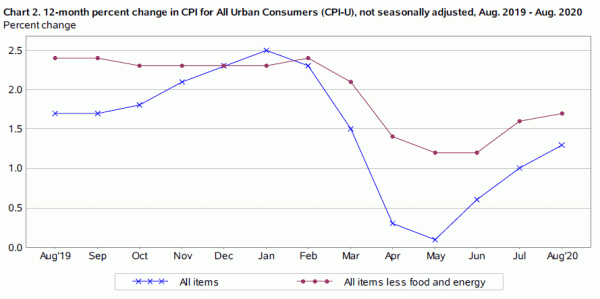
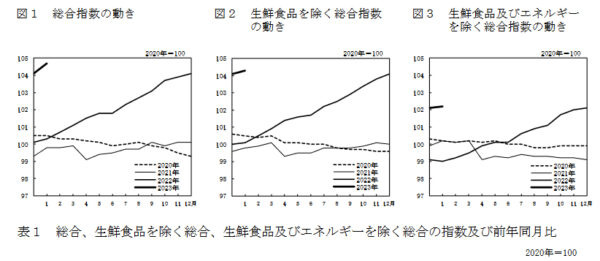
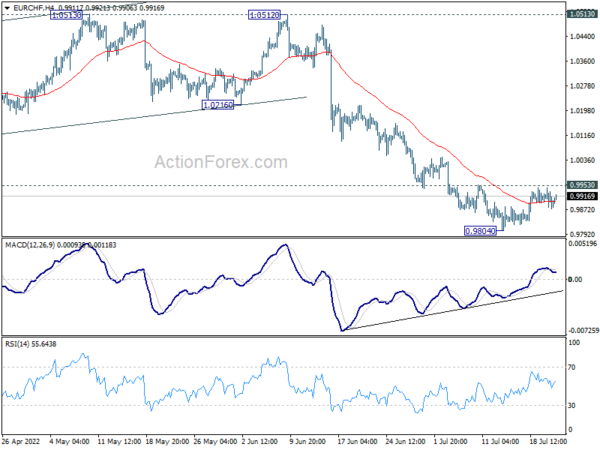
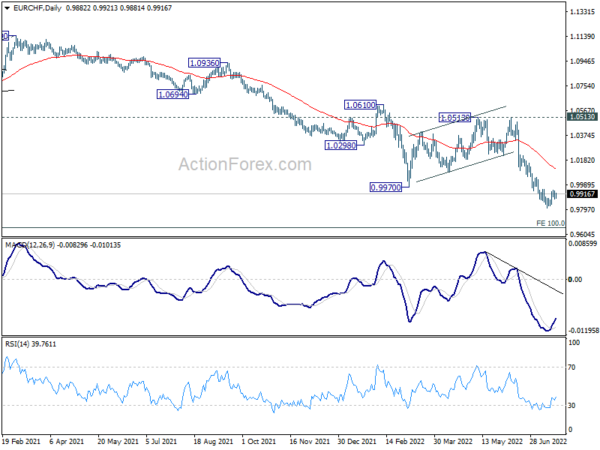
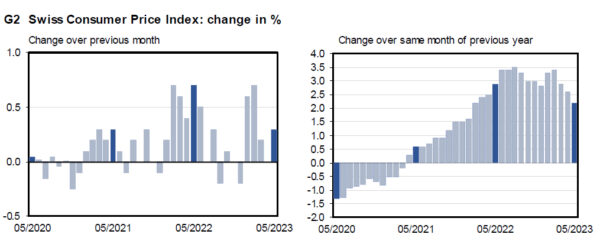

US CPI accelerated to 2.6% yoy, core CPI up to 1.6% yoy
US CPI rose 0.6% mom in March, above expectation of 0.5% mom. That’s the highest 1-month increase since August 2012. Core CPI, all items less food and energy, rose 0.3% mom, above expectation of 0.2% mom.
Annually, headline CPI accelerated to 2.6% yoy, up from 1.7% yoy, above expectation of 2.5% yoy. Core CPI accelerated to 1.6% yoy, up from 1.3% yoy, matched expectations.
Full release here.